In our daily lives, we often encounter measurements without truly grasping their significance. One such measurement is 50 feet – a distance that plays a crucial role in various aspects of our world, from nature to human-made structures.
This article will take you on a fascinating journey through the scale of 50 feet. Let’s dive into this exploration of a measurement that’s more remarkable than you might think.
Visual Representations in Everyday Life
Fifty feet is approximately the length of:
- A semi-trailer
- Five average-sized cars parked bumper to bumper
- Half the length of a bowling lane
- The width of a typical residential street
To put it in perspective, if you’re of average height, you’d need to lie down head-to-toe about 8-9 times to cover a distance of 50 feet.
You Might Also Like 12 Everyday Items That Are About 5 Inches Long
How Long It Takes to Walk 50 Feet
Walking 50 feet is a quick jaunt for most people. At an average walking speed of 3-4 mph, it would take about:
- 10-15 seconds for an adult
- 20-25 seconds for a young person
- 5-7 seconds for a person jogging
This short distance can feel much longer or shorter depending on the context. In a crowded space, it might feel like a long journey, while on an open field, it could seem like just a few steps.
Understanding 50 Feet
Before we delve into specific examples, let’s get a feel for what 50 feet really means in our everyday lives.
Things That Are 50 Feet Long or Big
The Impact of 50 Feet in Vertical Space
When we consider 50 feet vertically, the perspective changes dramatically. Standing at the base of a 50-foot structure and looking up can be quite intimidating. It’s:
- Taller than a five-story building
- About one-third the height of the Statue of Liberty (from base to torch)
- Roughly the height of the Hollywood Sign
At this height, objects falling would reach a speed of about 39 mph before hitting the ground, highlighting the significant impact of vertical distance on our perception of space and safety.
You might be Interested 10 Things That Are 100 Feet (ft) Long
Natural Wonders at 50 Feet
Nature provides us with some awe-inspiring examples of creatures and plants that reach or exceed the 50-foot mark.
The Majestic Whale Shark
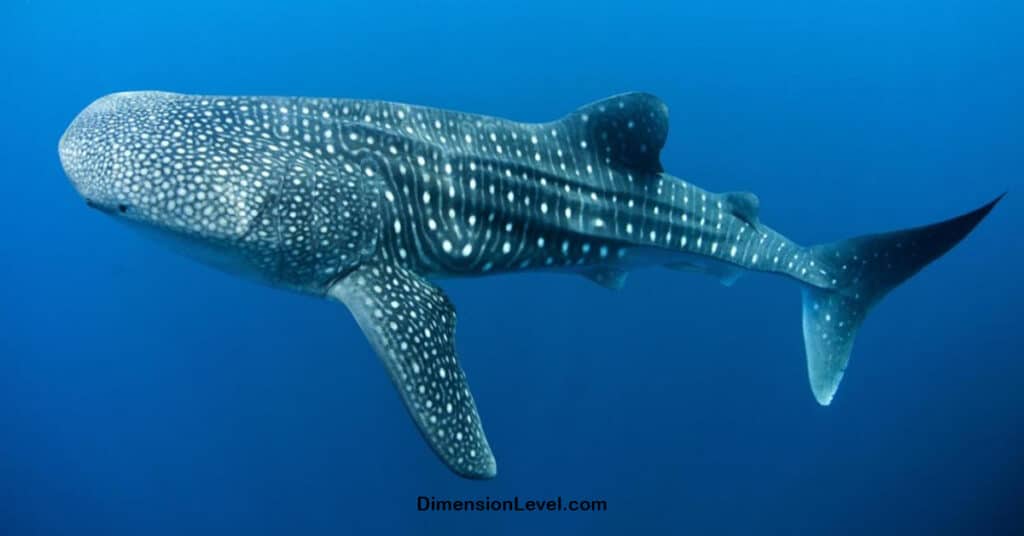
The whale shark, the largest fish in the ocean, can grow up to 50 feet in length. To put this into perspective:
| Comparison | Length |
| Whale Shark | Up to 50 feet |
| Great White Shark | Up to 20 feet |
| Average Human | About 5.5 feet |
These gentle giants play a crucial role in marine ecosystems:
- They filter feed on plankton and small fish
- Act as indicators of ocean health
- Attract ecotourism, supporting local economies
Despite their size, whale sharks are threatened by human activities, including fishing and pollution.
Humpback Whale

Humpback whales, known for their haunting songs and acrobatic displays, can also reach lengths of up to 50 feet. However, their size can vary among different populations:
- North Pacific humpbacks: 45-50 feet
- Southern Hemisphere humpbacks: Up to 52 feet
- North Atlantic humpbacks: 43-48 feet
At this scale, humpback whales possess some unique features:
- Flippers up to 15 feet long
- Tail flukes spanning up to 18 feet
- Ability to consume up to 3,000 pounds of food per day
Their massive size doesn’t hinder their agility; they’re known for spectacular breaches, leaping entirely out of the water despite weighing up to 40 tons.
The Coastal Redwood: Nature’s Skyscraper
While coastal redwoods can grow far taller than 50 feet, this measurement provides an interesting perspective on their growth:
- A 50-foot redwood might be only 50-60 years old
- At this height, the tree is still in its juvenile stage
- The trunk diameter at 50 feet high could be around 2-3 feet
Consider this: a 50-foot redwood is just beginning its journey. The tallest known redwood, Hyperion, stands at a staggering 380.1 feet!
Human-Made Structures and 50 Feet
Humans have created numerous structures and landmarks that utilize or exemplify the 50-foot scale.
The Hollywood Sign

The Hollywood Sign, an iconic symbol of American cinema, stands at 45 feet tall, just shy of our 50-foot benchmark. Some interesting facts about the sign:
- Each letter is 45 feet tall and 30 feet wide
- The entire sign spans 350 feet, about the length of seven semi-trailers
- It’s visible from up to 15 miles away on a clear day
“The Hollywood Sign is more than just nine white letters spelling out a city’s name; it’s one of the world’s most evocative symbols.” – Hollywood Sign Trust
The sign’s height contributes to its visibility and iconic status, making it a perfect example of how a structure around 50 feet can have a massive cultural impact.
Explore this Common Things That Are 8 inches Long
Five-Story Buildings

A typical five-story building stands at about 50 feet tall. This height is significant in urban planning and architecture:
- It’s often the maximum height for buildings without requiring elevators
- In many cities, it’s the tallest allowed in certain residential zones
- It provides a balance between urban density and maintaining a human scale
Architects must consider various factors when designing at this scale:
- Natural light penetration
- Wind effects
- Fire safety regulations
- Visual impact on the streetscape
Bowling Lane
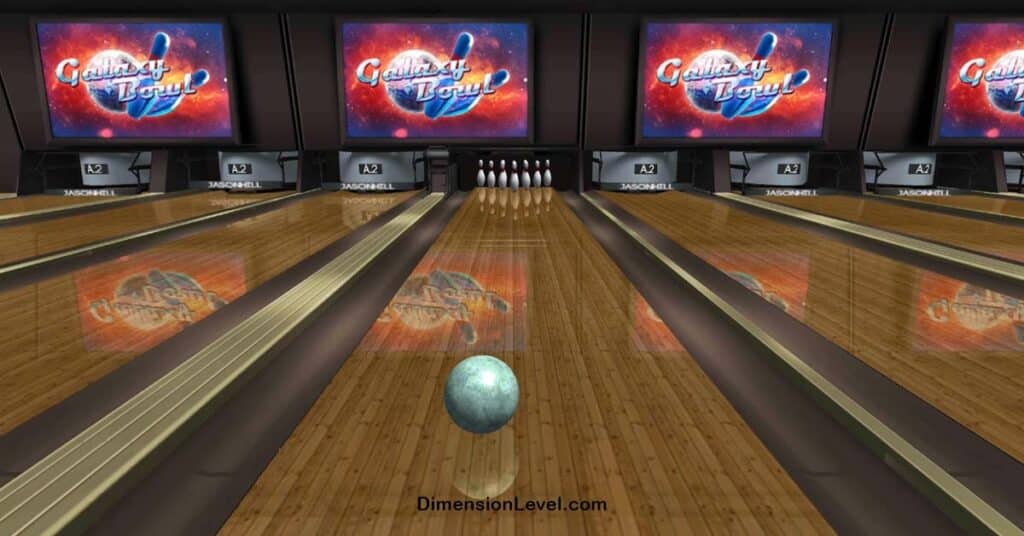
A standard bowling lane, from the foul line to the head pin, measures exactly 60 feet. While this exceeds our 50-foot focus, it’s close enough to provide an interesting comparison:
- 50 feet would get you about 5/6 of the way down a bowling lane
- The approach area (where bowlers take their steps) is typically 15 feet
- So, 50 feet is roughly the distance from the start of the approach to 5 feet before the pins
This length is crucial to the game’s dynamics, affecting:
- Ball speed
- Pin action
- Player strategy
Transportation and 50 Feet
The transportation industry frequently deals with the 50-foot scale, particularly in the realm of large vehicles and cargo containers.
Semi-Trailers
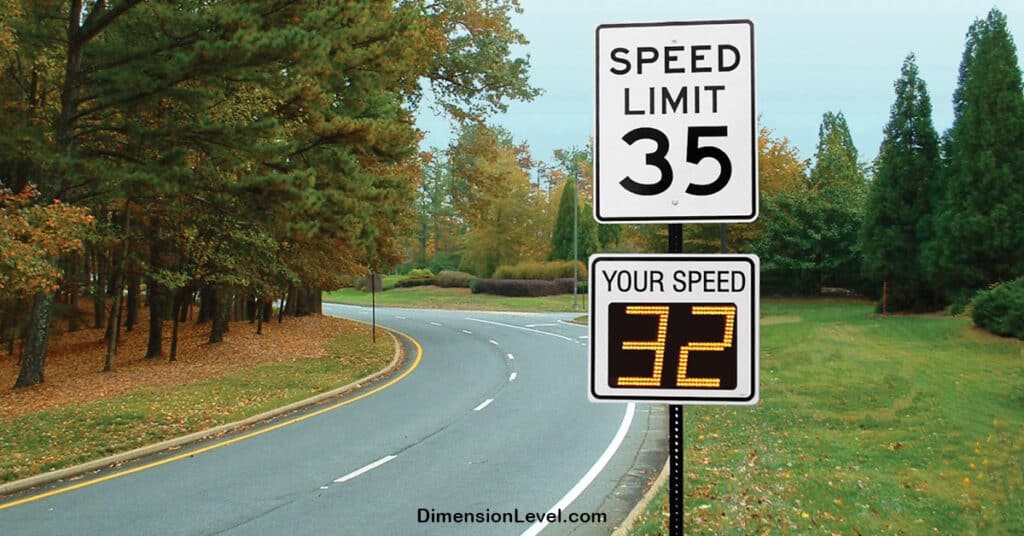
Semi-trailers, the backbone of road freight transport, often come close to the 50-foot mark:
- Standard semi-trailer length: 48 to 53 feet
- A 50-foot trailer can typically carry:
- Up to 26 pallets
- About 45,000 pounds of cargo
This length impacts various aspects of transportation:
- Road design (turning radius, lane width)
- Loading dock specifications
- Fuel efficiency
- Driver skill requirements
Shipping Containers
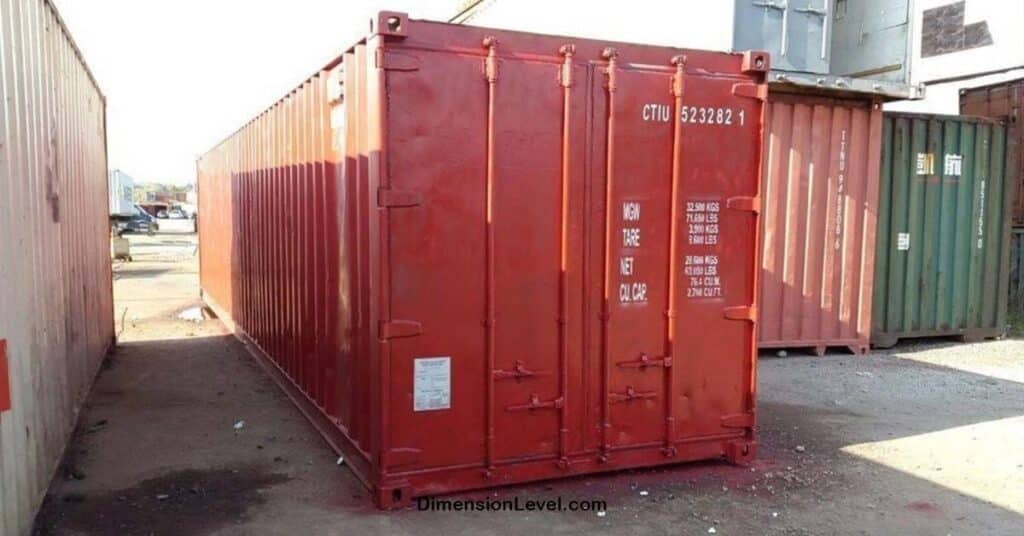
While a single shipping container doesn’t reach 50 feet, this measurement is significant in the world of containerized shipping:
- Standard 40-foot container length: 40 feet
- Two 20-foot containers combined: 40 feet
- 50 feet is about 1.25 times the length of a standard 40-foot container
Shipping containers have revolutionized global trade:
- Standardized sizes allow for efficient loading and unloading
- Intermodal transport (ship, rail, truck) is simplified
- They’ve been repurposed for housing, offices, and more
Read More About 15 Common Things That Are 7 Inches Long
Sports and Recreation
The world of sports and recreation often utilizes measurements around the 50-foot mark, influencing game dynamics and athlete performance.
Baseball Field Dimensions

In baseball, 50 feet plays a crucial role:
- The distance from home plate to first base is 90 feet
- 50 feet is therefore:
- Just over halfway to first base
- The distance a baserunner might lead off from first base
Other interesting baseball dimensions:
- Pitching mound to home plate: 60 feet 6 inches
- Distance between bases: 90 feet
These precise measurements create the unique balance of the game, influencing:
- Hitting strategies
- Pitching techniques
- Fielding positions
- Base running tactics
Olympic-Size Swimming Pool
While an Olympic-size swimming pool is longer than 50 feet, this measurement provides an interesting perspective:
- Olympic pool length: 50 meters (164 feet)
- 50 feet is about 30% of an Olympic pool’s length
In competitive swimming:
- 50 feet would be covered in about 6-7 seconds by top sprinters
- It’s roughly the distance covered in two-and-a-half strokes by elite swimmers
Tools and Measurements
Certain tools are designed specifically to measure distances around 50 feet, playing crucial roles in construction and surveying.
Tape Measures
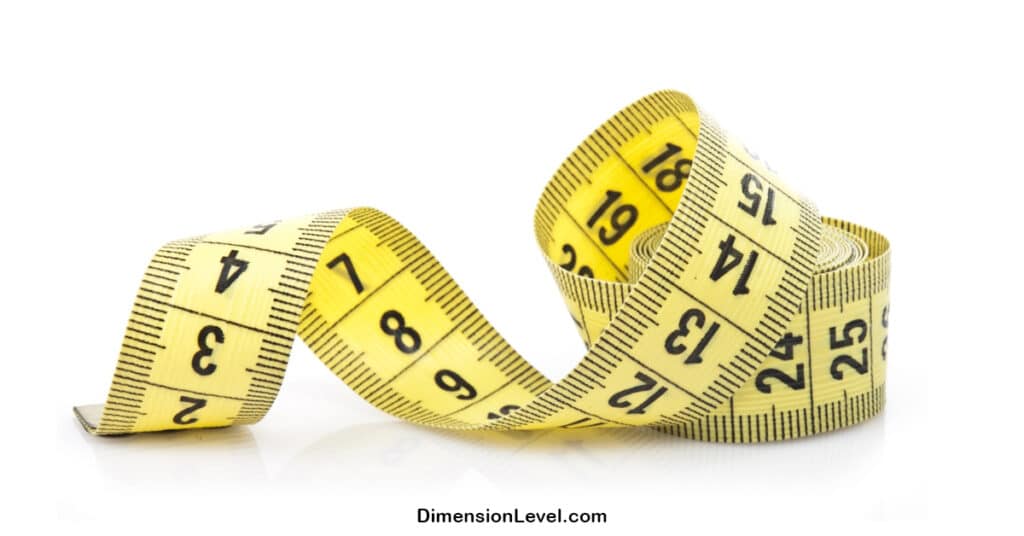
Standard tape measures often come in 25-foot, 50-foot, and 100-foot lengths. A 50-foot tape measure:
- Is commonly used in construction and landscaping
- Requires a sturdy design to maintain accuracy over its length
- Often includes features like hooks for solo measuring
Interestingly, the “standout” (how far the tape can extend unsupported) of a quality fifty-foot tape measure can be up to 13 feet!
Surveyor’s Chain
Historically, surveyors used a 66-foot chain (known as a Gunter’s chain) for measurements. While longer than our 50-foot focus, it’s an interesting comparison:
- 50 feet is about 3/4 of a Gunter’s chain
- Modern equivalents use laser technology or electronic distance measurement
- These tools can measure 50 feet with accuracy to within millimeters
Unexpected 50-Foot Comparisons
To further illustrate the scale of 50 feet, let’s look at some unexpected comparisons.
The Length of Five Average Alligators
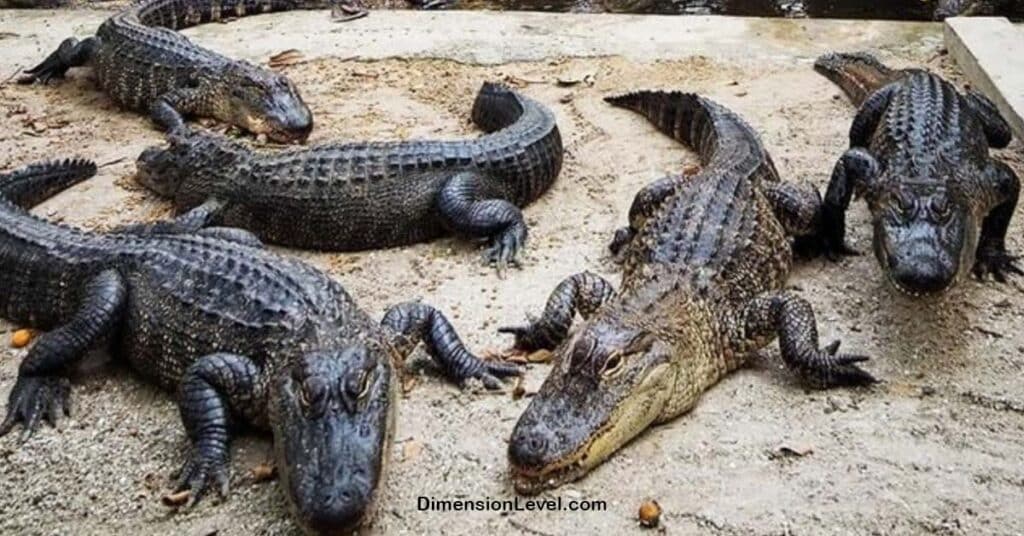
Alligators provide an intriguing natural comparison to our 50-foot measurement:
- Average adult American alligator length: 10-15 feet
- Five average alligators end-to-end: 50-75 feet
Alligator facts:
- Largest recorded American alligator: 19 feet 2 inches
- They can live up to 50 years in the wild
- Found primarily in the southeastern United States
Height of the Christ the Redeemer Statue in Rio
The famous Christ the Redeemer statue in Rio de Janeiro, Brazil, stands at 98 feet tall (excluding its 26-foot pedestal). Some interesting comparisons:
- 50 feet is about half the height of the statue itself
- The statue’s arm span is 92 feet, nearly twice our 50-foot measurement
This colossal statue, visible from much of Rio de Janeiro, demonstrates how structures around and exceeding fifty feet can become powerful cultural symbols and engineering marvels.
The Impact of 50 Feet in Various Fields
The 50-foot scale has significant implications across multiple disciplines:
- Architecture and Urban Planning
- Building height restrictions
- Street width planning
- Public space design
- Marine Biology and Conservation
- Understanding and protecting large marine species
- Designing appropriate habitats for captive marine life
- Transportation and Logistics
- Vehicle design and regulations
- Infrastructure planning (bridges, tunnels, etc.)
- Shipping and cargo management
- Sports and Recreation Design
- Field and court dimensions
- Equipment specifications
- Facility planning
Conclusion
As we’ve explored, the measurement of 50 feet, while seemingly arbitrary, plays a crucial role in numerous aspects of our world. From the majestic whale shark gliding through the ocean to the towering redwoods reaching for the sky, from the precisely measured baseball diamond to the carefully designed semi-trailer, this scale is omnipresent in both nature and human endeavors.
Understanding and appreciating this measurement can enhance our perception of the world around us. It serves as a reminder of the intricate balance in nature, the precision required in human engineering, and the awe-inspiring diversity of scale in our universe.
The next time you encounter something around 50 feet in length or height, take a moment to reflect on its significance. You might find yourself seeing the world from a new perspective, appreciating the remarkable scale that shapes so much of our environment and experiences.
Read also 9 Things That Are 30 Feet Long

Deborah Melindah is an experienced blogger passionate about exploring the world of dimensions. With a keen eye for detail and a talent for simplifying complex topics, she shares her knowledge on spatial concepts, measurements, and more. Deborah’s insightful posts make it easy for readers to grasp and apply dimensions in everyday life, whether for personal projects or professional pursuits.







